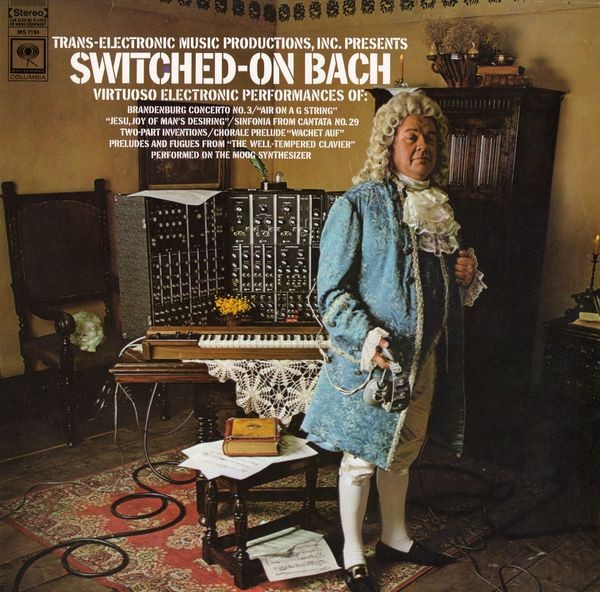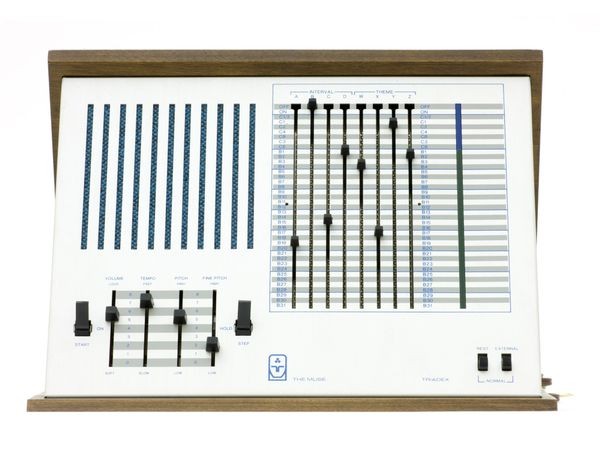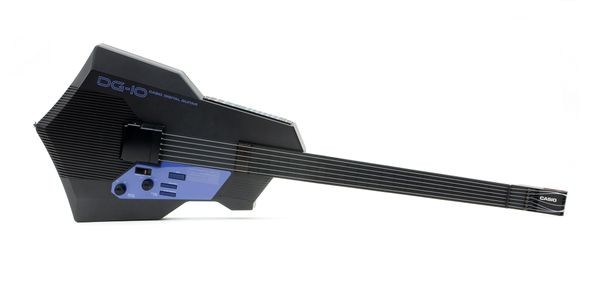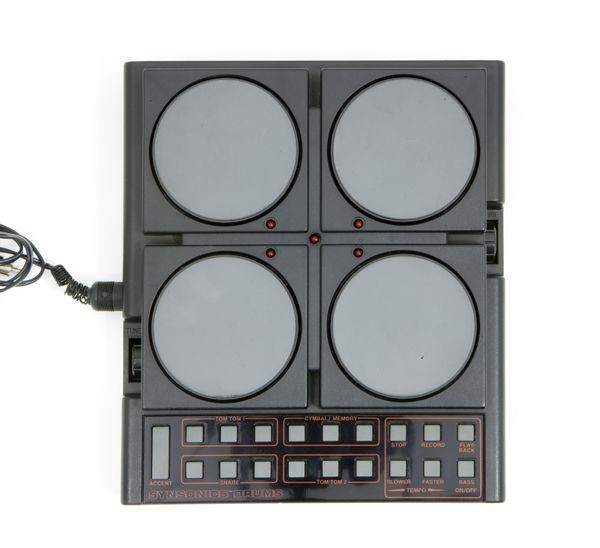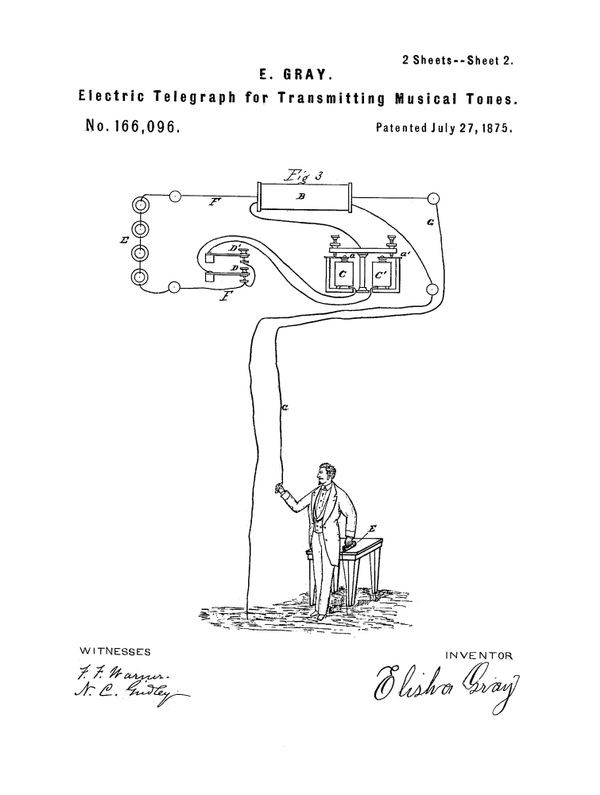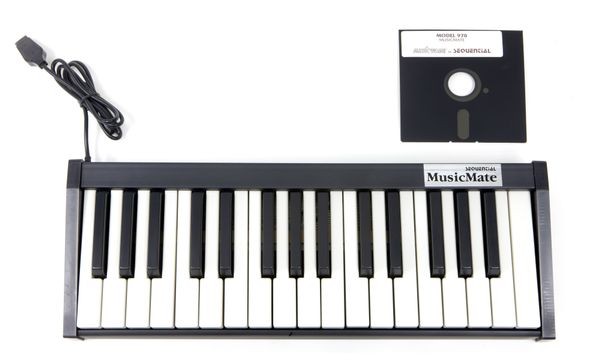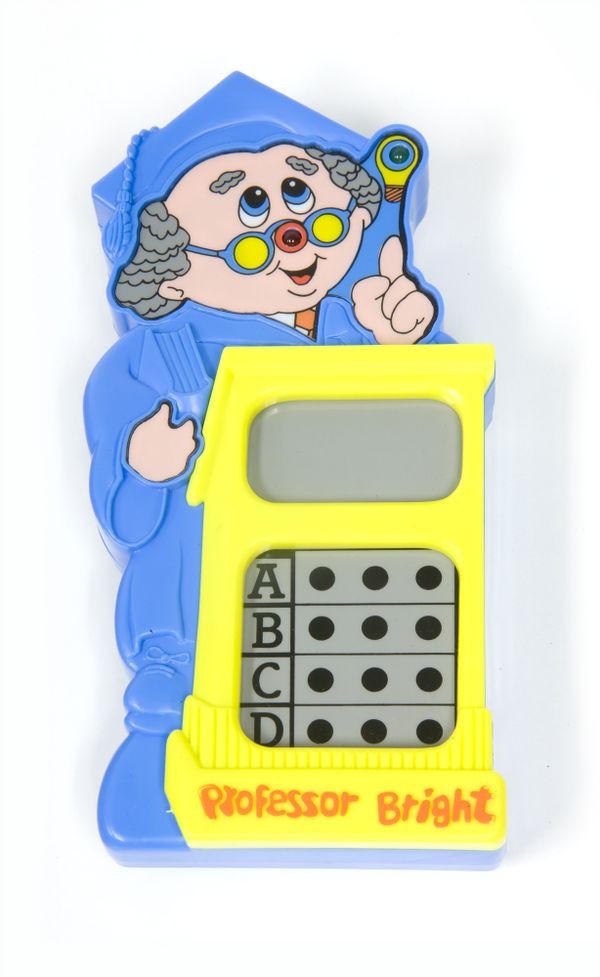Producing Music Electronically
Switched-On Bach, by Wendy Carlos
Switched-On Bach, one of history’s best-selling classical albums, featured interpretations of works by J. S. Bach performed on a Moog synthesizer. Since the synthesizer could only record one note at a time, every chord required multi-tracking and time-consuming synchronization.
Producing Music Electronically
Strings. Wind. Percussion. Rattles. For millennia, there were only a few ways to make music. Computers changed that, creating brand new sounds in brand new ways.
Early electronic music experiments included the 1876 Musical Telegraph. But the idea really took hold in the computer age. In 1964, Robert Moog released his modular synthesizer, used in 1967 to create Switched on Bach—the first electronic music hit. Other synthesizers appeared in the 1970s and 1980s, along with keyboards that attached to PCs. The 1980 Linn LM-1 drum was the first commercial drum machine using digital samples.
The Muse
Designed by computer pioneers Marvin Minsky and Ed Fredkin, The Muse was an “algorithmic music generator” producing a sequence of notes based on slider settings for volume, tempo, pitch, intervals and themes. Digital logic integrated circuits produced the melodic bleeps.
View Artifact DetailCasio DG-10 digital guitar
Encouraged by its success with inexpensive digital keyboard synthesizers, Casio expanded into guitars. The strings are mostly for decoration (and for controlling strumming amplitude), since finger position on the rubber fretboard determined the pitch.
View Artifact DetailSounding Real
Sometimes, musicians want a synthesizer’s distinctive, “space age” tone. But sometimes they want electronic music that doesn’t sound like electronic music.
John Chowning at Stanford University invented the FM Synthesis algorithm in 1967, enabling computers to generate clearer and more realistic tones. Yamaha licensed Chowning’s algorithm for its early synthesizers.
John Chowning: FM Synthesis
Chapter Menu
1. FM Synthesis
2. The Patent
3. The DX7
John Chowning at the Yamaha DX7
Yamaha’s DX7 digital synthesizer, used by many pop bands in the 1980s and 1990s, was based on frequency modulation (FM) synthesis invented by Stanford professor John Chowning in 1967. For more than a decade it was Stanford’s most lucrative patent.
View Artifact DetailSynsonics drums
Although designed as an inexpensive toy, this small drum pad was used by the pioneering German electronic music band Kraftwerk. Sound was produced by simple analog circuits, not the digital sampling used by professional electronics drums.
View Artifact DetailDrawings for Musical Telegraph
Many inventors sought ways to incorporate electricity into music-making in the late 19th century. In 1874, Western Electric co-founder Elisha Gray demonstrated a musical telegraph system that anticipated today’s electronic synthesizers.
View Artifact DetailMusicMate keyboard
This add-on piano keyboard capitalized on the remarkable sound chip in the Commodore 64 computer. Three independent tone generators with programmable waveforms and filters created a distinctive sound that even some professional musicians used.
View Artifact DetailProfessor Bright: Electronic Musical Teaching Friend
“Professor Bright” came with faceplate overlays for various games that taught spelling, math, word use and music.
View Artifact Detail